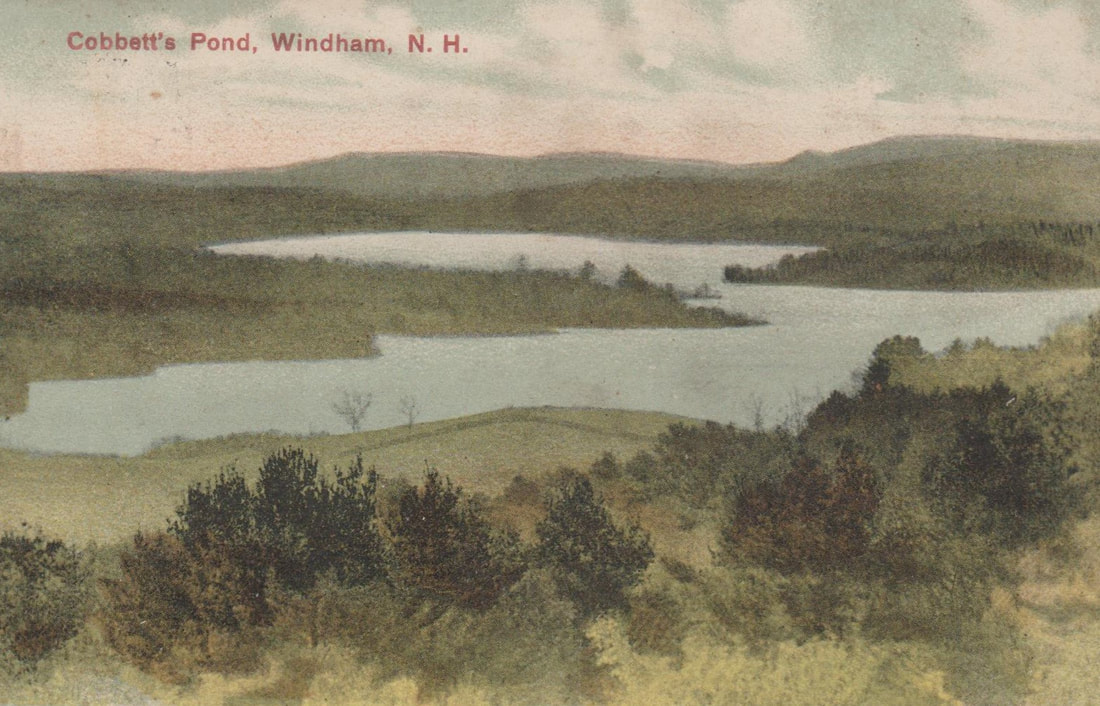When Myers arrived back at his home, he alerted the police to the suspicious airplane landing, and the Windham and Derry police sent officers to investigate. Windham Chief of Police, William Brown, and Motor Vehicle Inspector Henry Parent were selected to lead the investigation. Inside the cabin of the plane, the officers recovered two pistols. The flares that had been dropped by the plane started several small fires after landing in the field, and the Derry fire department was called to extinguish the flames. A potentially dangerous fire had been started near the Butterfield home, with other fires burning on the nearby properties of Carl Albrecht and Herbert Russell.
The Butterfield family and Paul Myers assisted the police in the recreation of the night's activity, from which the police were led to believe the landing was prearranged. Following onsite investigative work and the reconstruction, the police were led to the conclusion that the plane likely flew up from the south, and circled the area of Butterfield's farm several times before dropping flares. The Manchester Airport, being the nearest airport, was contacted, but officials reported that no planes were expected that night and no planes had taken off from the airport that night. As a flight at that time of night would've been unusual for the 1930s, investigators were unable to determine exactly where the plane may have came from.
Further investigative work revealed that the plane had been registered to a Harry Clayford of Willoughby, Ohio. Despite the recollections of Myers, the reconstruction by the Butterfields, and the investigative efforts by the Windham and Derry police departments, many questions remain about the incident, even eighty-two years later. The occupants of the airplane were never identified, nor were drivers of the two automobiles that were waiting in the field. Where the plane originated from, why the occupants chose to land in Windham, and the final destination of the group of four remains unknown to this day.


